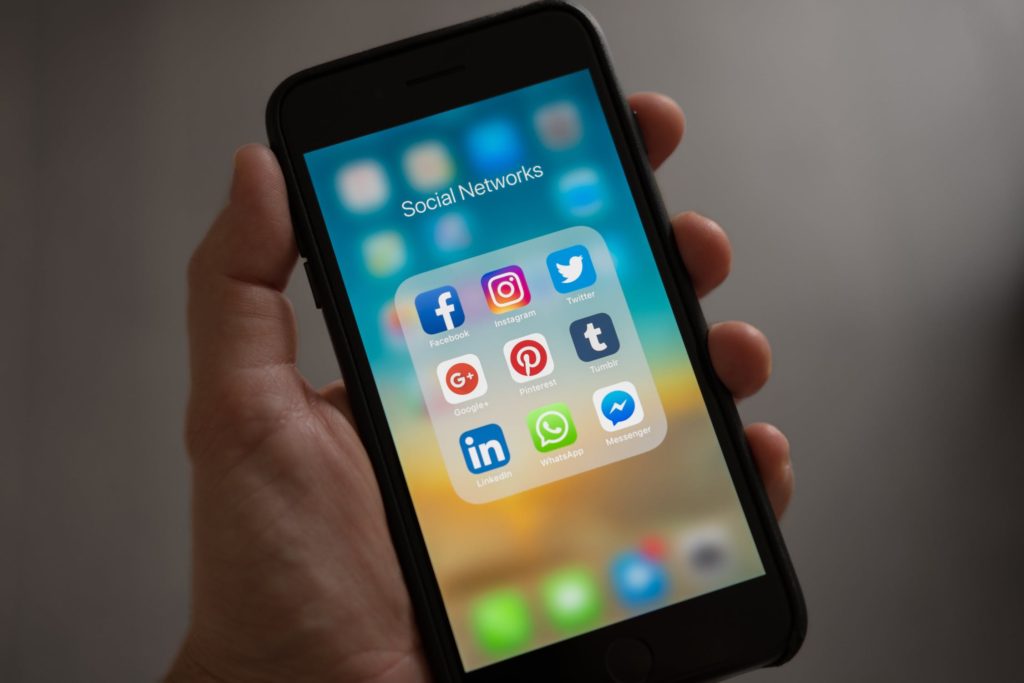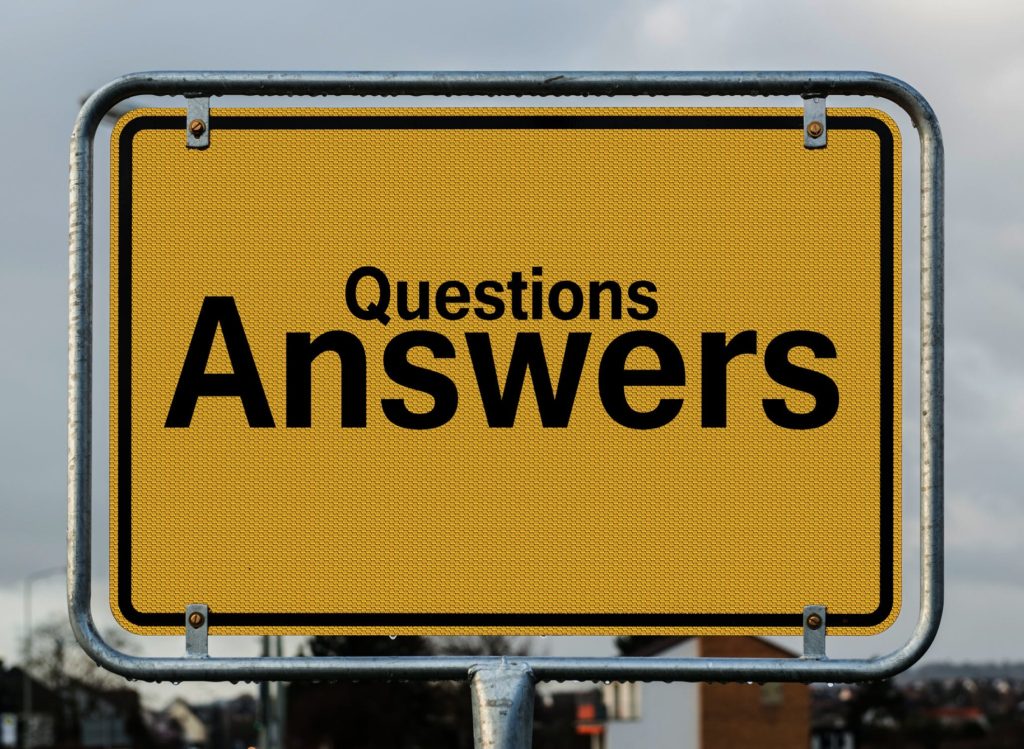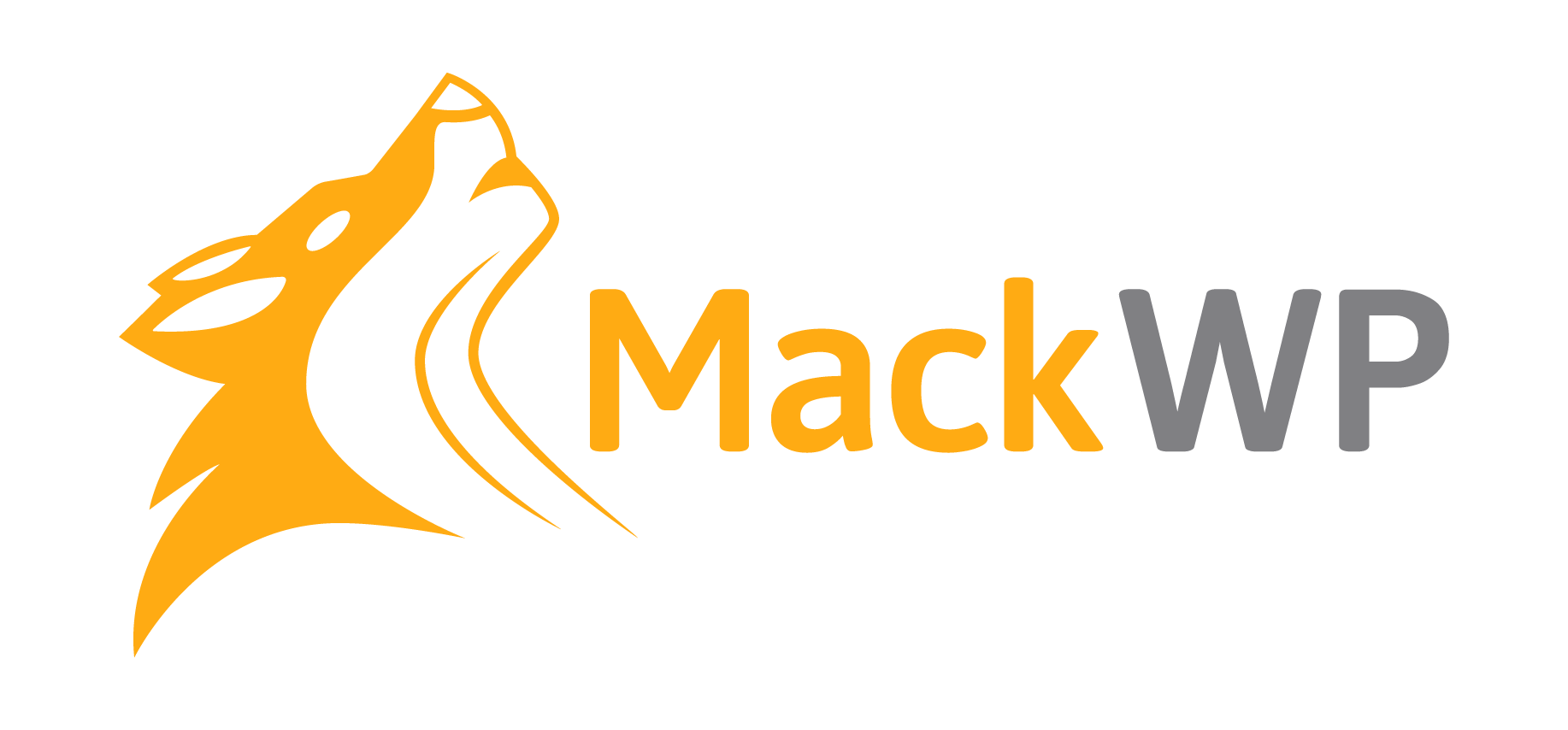
This can be a tricky question to answer. It may even be why you haven’t fully jumped into social media marketing for your business yet; just dipping your toe from time to time will not give you the payoff you’re looking for.
Did you know, at its height, MySpace was valued around $12 billion? Enter a sophomore at Harvard named Mark Zuckerberg and the creation of Facebook. When News Corp purchased MySpace in 2007 for $580 million, we saw what happens with a media empire with no internet company knowledge tried to monetize. MySpace flooded its users with ads without improving the user experience at all. Now, Myspace (no capital s) is pretty much a cheaper version of Youtube and I haven’t been on it in at least a decade (excluding checking it out for this article).
In case you wondering, we’re now in the year 2020. What a year has been! If nothing else, a year of change. We tend to be optimists so we look at 2020 in a positive light. On another, you have many different options for social media channels these days. Which channels should you focus on for your business?

We’ll break down the major social channels for business to give you a better idea of each and if it may right for your business in this article.
We all know Facebook. Many of us have a love/hate relationship with it. Being the largest of the social channels with over 1 billion active users every day, every business should have at least some presence on Facebook.
What is Facebook good at? Facebook is very good at keeping us scrolling, feeding us content we may like. That’s the point! Facebook may know you, your habits and interests, what you enjoy, your buying habits more than you know of yourself.
Facebook makes it easy to build target audiences for Facebook ads, their paid ad placements based on people who engage with your organic posts. Let’s face it, with its wide user base, demographic of users, and as many users as it has, if your target audience is anywhere, it’s like Facebook.
While you can grow your audience organically, Facebook is more of a Pay-to-Play channel these days. Facebook has the most developed advertising platform of all of the social media platforms. You are able to highly hone by age, gender, interests, purchasing behaviors, life events and so much more. Through their advertising platform, you can target your exact audience with Facebook ads, putting your ads and content directly into your audience newsfeed where they are scrolling (we mentioned Facebook is very good at keeping you scrolling).
Owned by Facebook, Instagram averages over 500 million daily active users (closer to a billion); while not as many as Facebook, that’s a lot of people! Being owned by Facebook, Instagram has access to the same advertising platform (Facebook and Instagram seem to be integrating more every day, have you tried the new Business Suite?) And an extensive user base.
Instagram offers a much stronger capability to grow your audience and brand awareness organically. Great content with targeted hashtags is the way to this. Instagram is a visual platform and you are only able to posts that have a photo or video. This makes it very appealing to brands with a tangible product but still great for service providers and more. Back to tangible products, Instagram added a “checkout” feature which allows you to fully set up for eCommerce. This means people don’t even have to leave their Instagram feed to buy your product!
Instagram is more popular among the younger generation. If your target audience is younger millennials and Generation Z, you may want to focus on Instagram as your primary channel. Instagram recently launched reels (similar to TikTok), opening up more options for content creation. They also put popular reels in people’s feeds which may increase your chance to go viral.
Twitter is great at cutting out the noise by giving everyone a voice but limiting the characters in a post. You’ll find celebrities, journalists, businesses, and even the President of the US share stories, articles, and more on Twitter.
Twitter for business comes down to setting yourself apart from your competition and standing out. You need to create many different pieces of engaging content daily. Twitter is great for engaging potential customers, you can use hashtags similar to Instagram to find those interested in your offerings.
I’ll be honest, personally, I find Twitter best for customer service. Often, I am able too to get the attention of a brand through a post and let them know how happy I am with their product or work out any issues with them through direct messaging (DM).
If you follow the Business-to-Business (B2B) model, you won’t be on LinkedIn. There is no better platform for B2B than LinkedIn. Being a professional network, you’re able to target potential clients based on their job titles, making a very powerful addition to your tool belt (queue Batman!).
LinkedIn has 500 million users with 250 million monthly active users. Of that, on average only 3 million share content on a weekly basis meaning 3 million users are sharing 9 billion impressions each week. That is huge! It is easier to set yourself apart from the competition and to gain visibility with your audience.
Has expanding your professional network ever been a bad thing? Of course not. LinkedIn is the place to do just that. If a user is following your business page, they care about the information and insights you can share with them through your updates. It’s also a great platform to demonstrate your thought leadership as an industry authority through publishing LinkedIn articles ( I’ll publish this there as well!).
Without question, LinkedIn is my favorite website for building my business. It’s not right for every business though, so please look into it before diving in.
YouTube
Do you know of anyone who hasn’t at least watched one video on YouTube? I can’t! I even go to YouTube when I have an issue around the house and need to figure out how to solve it.
Solely a video platform, YouTube boasts 1.9 billion monthly active users. Marinate on this a moment, over a billion hours of video content is. being watched daily on YouTube. I don’t know about you, but that is mind-blowing to me. YouTube is even the second largest search engine and second most trafficked website behind, you guessed it, Google.
YouTube is a great way to increase your thought leadership, brand credibility, and engagement through creating video content. You’re also able to share your YouTube videos on the other social media channels, embed them on your website, and even in emails.
There is a lot of different content you can create here, from how-to videos, industry updates, product demonstrations, and more. It’s honestly, almost limitless. Videos also drive more conversions with 87% of video marketers reporting video has increased traffic to their website (find more Video Marketing statistics here).
Summary
There are many social media channels out there that you can use. Finding the right one for your business can be tricky. Remember, it’s likely your target audience is on Facebook. If you don’t have much of a marketing budget for social media, you may want to focus on Instagram for your ability to grow your audience organically. If you’re in the B2B realm, focus on LinkedIn.
We didn’t cover other social media channels that you may use, such as Pinterest, Snap Chat, TikTok, Quora, and a few more. If you have any questions about those, please ask. Future articles may cover more on these topics. We’re also participating in early access for Voice (learn more at Voice)
Until next time, keep smiling


Recent Comments